Viet Duong
CAT: Interpretable Concept-based Taylor Additive Models
Jun 27, 2024Abstract:As an emerging interpretable technique, Generalized Additive Models (GAMs) adopt neural networks to individually learn non-linear functions for each feature, which are then combined through a linear model for final predictions. Although GAMs can explain deep neural networks (DNNs) at the feature level, they require large numbers of model parameters and are prone to overfitting, making them hard to train and scale. Additionally, in real-world datasets with many features, the interpretability of feature-based explanations diminishes for humans. To tackle these issues, recent research has shifted towards concept-based interpretable methods. These approaches try to integrate concept learning as an intermediate step before making predictions, explaining the predictions in terms of human-understandable concepts. However, these methods require domain experts to extensively label concepts with relevant names and their ground-truth values. In response, we propose CAT, a novel interpretable Concept-bAsed Taylor additive model to simply this process. CAT does not have to require domain experts to annotate concepts and their ground-truth values. Instead, it only requires users to simply categorize input features into broad groups, which can be easily accomplished through a quick metadata review. Specifically, CAT first embeds each group of input features into one-dimensional high-level concept representation, and then feeds the concept representations into a new white-box Taylor Neural Network (TaylorNet). The TaylorNet aims to learn the non-linear relationship between the inputs and outputs using polynomials. Evaluation results across multiple benchmarks demonstrate that CAT can outperform or compete with the baselines while reducing the need of extensive model parameters. Importantly, it can explain model predictions through high-level concepts that human can understand.
AERIAL-CORE: AI-Powered Aerial Robots for Inspection and Maintenance of Electrical Power Infrastructures
Jan 04, 2024Abstract:Large-scale infrastructures are prone to deterioration due to age, environmental influences, and heavy usage. Ensuring their safety through regular inspections and maintenance is crucial to prevent incidents that can significantly affect public safety and the environment. This is especially pertinent in the context of electrical power networks, which, while essential for energy provision, can also be sources of forest fires. Intelligent drones have the potential to revolutionize inspection and maintenance, eliminating the risks for human operators, increasing productivity, reducing inspection time, and improving data collection quality. However, most of the current methods and technologies in aerial robotics have been trialed primarily in indoor testbeds or outdoor settings under strictly controlled conditions, always within the line of sight of human operators. Additionally, these methods and technologies have typically been evaluated in isolation, lacking comprehensive integration. This paper introduces the first autonomous system that combines various innovative aerial robots. This system is designed for extended-range inspections beyond the visual line of sight, features aerial manipulators for maintenance tasks, and includes support mechanisms for human operators working at elevated heights. The paper further discusses the successful validation of this system on numerous electrical power lines, with aerial robots executing flights over 10 kilometers away from their ground control stations.
General-Purpose Multi-Modal OOD Detection Framework
Jul 24, 2023



Abstract:Out-of-distribution (OOD) detection identifies test samples that differ from the training data, which is critical to ensuring the safety and reliability of machine learning (ML) systems. While a plethora of methods have been developed to detect uni-modal OOD samples, only a few have focused on multi-modal OOD detection. Current contrastive learning-based methods primarily study multi-modal OOD detection in a scenario where both a given image and its corresponding textual description come from a new domain. However, real-world deployments of ML systems may face more anomaly scenarios caused by multiple factors like sensor faults, bad weather, and environmental changes. Hence, the goal of this work is to simultaneously detect from multiple different OOD scenarios in a fine-grained manner. To reach this goal, we propose a general-purpose weakly-supervised OOD detection framework, called WOOD, that combines a binary classifier and a contrastive learning component to reap the benefits of both. In order to better distinguish the latent representations of in-distribution (ID) and OOD samples, we adopt the Hinge loss to constrain their similarity. Furthermore, we develop a new scoring metric to integrate the prediction results from both the binary classifier and contrastive learning for identifying OOD samples. We evaluate the proposed WOOD model on multiple real-world datasets, and the experimental results demonstrate that the WOOD model outperforms the state-of-the-art methods for multi-modal OOD detection. Importantly, our approach is able to achieve high accuracy in OOD detection in three different OOD scenarios simultaneously. The source code will be made publicly available upon publication.
A Transition-based Parser for Unscoped Episodic Logical Forms
Mar 15, 2021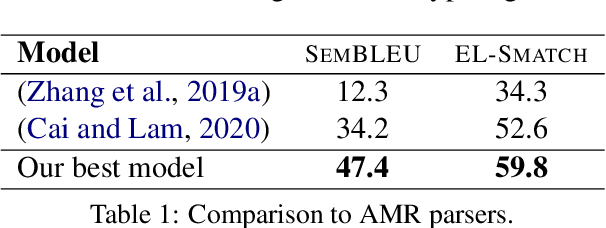
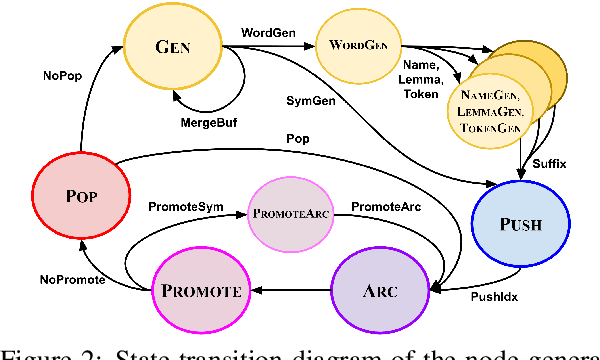
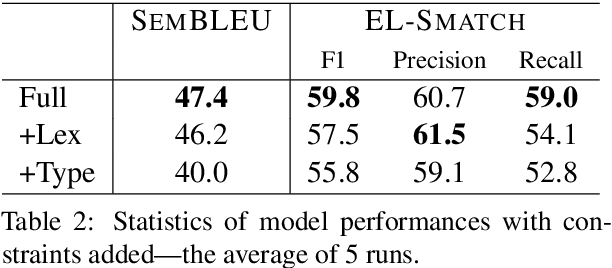
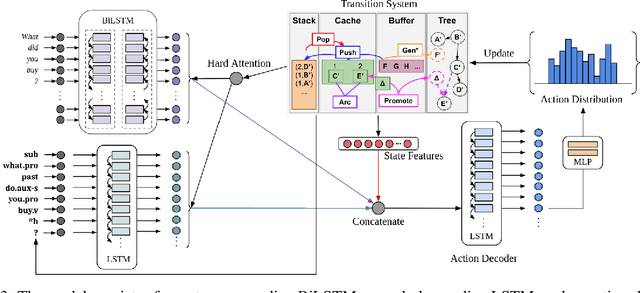
Abstract:"Episodic Logic:Unscoped Logical Form" (EL-ULF) is a semantic representation capturing predicate-argument structure as well as more challenging aspects of language within the Episodic Logic formalism. We present the first learned approach for parsing sentences into ULFs, using a growing set of annotated examples. The results provide a strong baseline for future improvement. Our method learns a sequence-to-sequence model for predicting the transition action sequence within a modified cache transition system. We evaluate the efficacy of type grammar-based constraints, a word-to-symbol lexicon, and transition system state features in this task. Our system is available at https://github.com/genelkim/ulf-transition-parser We also present the first official annotated ULF dataset at https://www.cs.rochester.edu/u/gkim21/ulf/resources/.
The Ivory Tower Lost: How College Students Respond Differently than the General Public to the COVID-19 Pandemic
Apr 21, 2020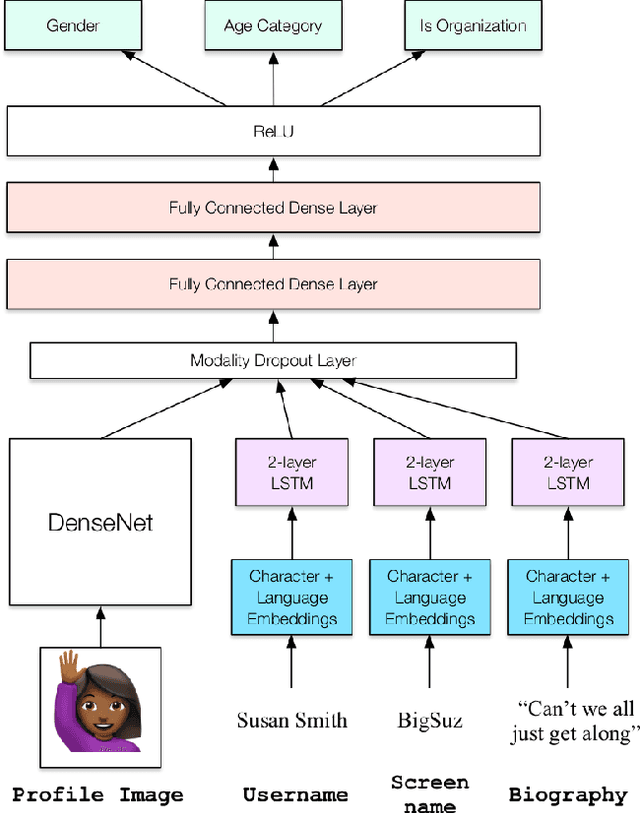
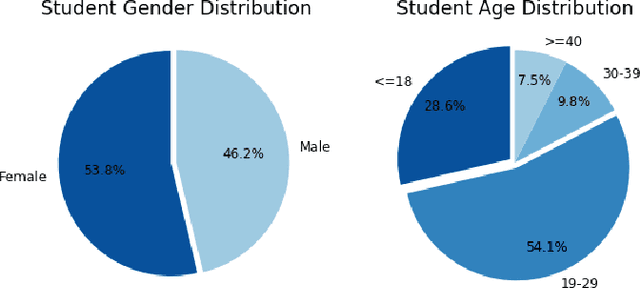


Abstract:Recently, the pandemic of the novel Coronavirus Disease-2019 (COVID-19) has presented governments with ultimate challenges. In the United States, the country with the highest confirmed COVID-19 infection cases, a nationwide social distancing protocol has been implemented by the President. For the first time in a hundred years since the 1918 flu pandemic, the US population is mandated to stay in their households and avoid public contact. As a result, the majority of public venues and services have ceased their operations. Following the closure of the University of Washington on March 7th, more than a thousand colleges and universities in the United States have cancelled in-person classes and campus activities, impacting millions of students. This paper aims to discover the social implications of this unprecedented disruption in our interactive society regarding both the general public and higher education populations by mining people's opinions on social media. We discover several topics embedded in a large number of COVID-19 tweets that represent the most central issues related to the pandemic, which are of great concerns for both college students and the general public. Moreover, we find significant differences between these two groups of Twitter users with respect to the sentiments they expressed towards the COVID-19 issues. To our best knowledge, this is the first social media-based study which focuses on the college student community's demographics and responses to prevalent social issues during a major crisis.
#MeToo on Campus: Studying College Sexual Assault at Scale Using Data Reported on Social Media
Jan 16, 2020

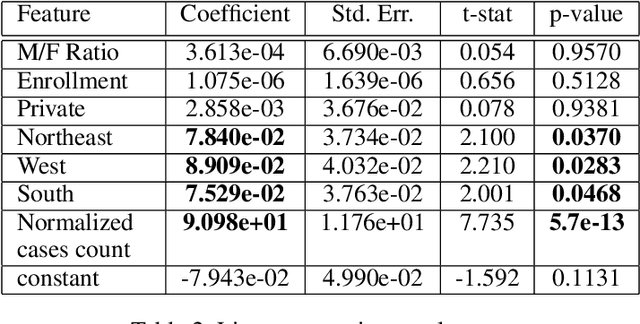

Abstract:Recently, the emergence of the #MeToo trend on social media has empowered thousands of people to share their own sexual harassment experiences. This viral trend, in conjunction with the massive personal information and content available on Twitter, presents a promising opportunity to extract data driven insights to complement the ongoing survey based studies about sexual harassment in college. In this paper, we analyze the influence of the #MeToo trend on a pool of college followers. The results show that the majority of topics embedded in those #MeToo tweets detail sexual harassment stories, and there exists a significant correlation between the prevalence of this trend and official reports on several major geographical regions. Furthermore, we discover the outstanding sentiments of the #MeToo tweets using deep semantic meaning representations and their implications on the affected users experiencing different types of sexual harassment. We hope this study can raise further awareness regarding sexual misconduct in academia.
 Add to Chrome
Add to Chrome Add to Firefox
Add to Firefox Add to Edge
Add to Edge